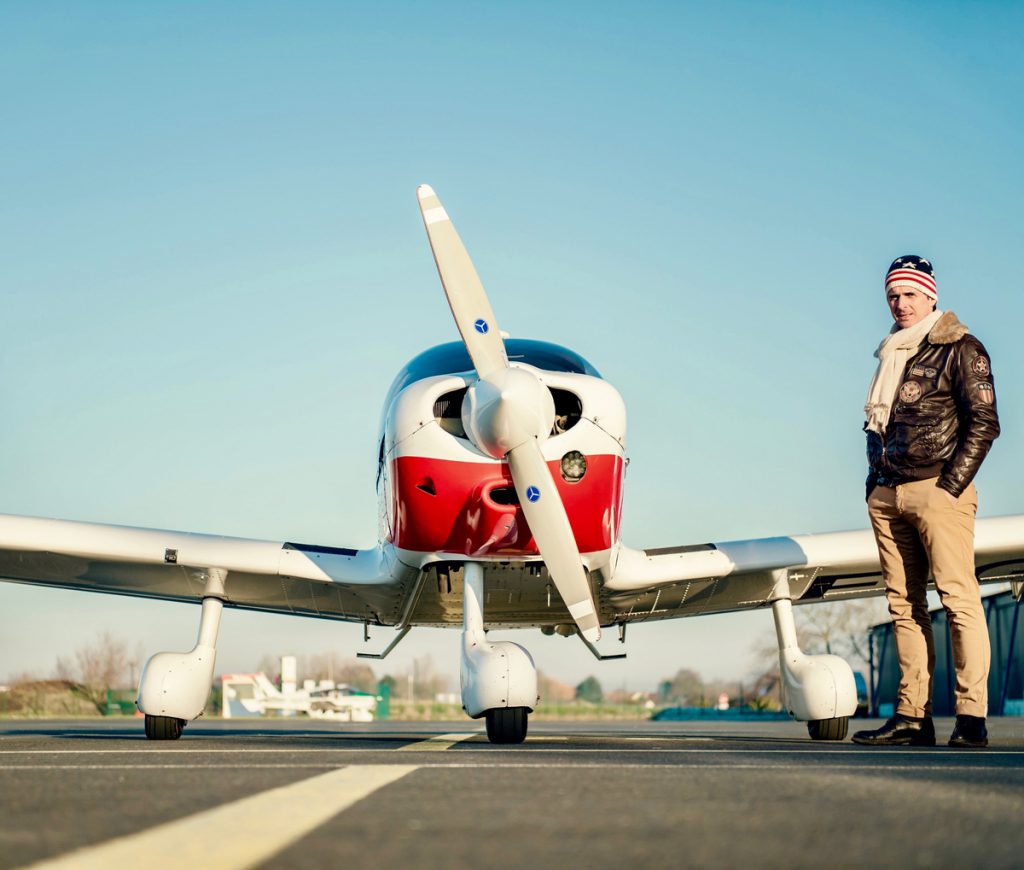The information regarding Part-M Light (Part-ML) is very scarce and can be hard to understand. The purpose of this article is to answer:
- What is Part-M Light?
- What are the requirements for Part-M Light?
- What are the benefits of Part-M Light?
- When is Part-M Light going to take effect?
- How do i fully utilize Part-M Light?
Seeing as the related Part-CAO has also been approved, we have decided to include some information about it as well.
Overview
The Part-M Light opinion has been voted by the EASA Committee as per March 2019. The opinion was originally released by the EASA in 2016, and now, three years later, the implementation process has begun. It will officially be applicable from the 24th of March, 2020.
Affected Parties
Part-ML affects the lighter end of the General Aviation (GA) community including aircraft owners/operators, independent certifying staff, maintenance organisations, CAMOs, and competent authorities overseeing these aircraft and activities.
Part-M Light Requirements
Part-ML applies to the following aircraft when not listed in the air operator certificate (AOC) of an air carrier licensed in accordance with regulation (EC) No 1008/2008 and not classified as a complex motor-powered aircraft (It will be applicable to private and commercial operations of aeroplanes):
- Aeroplanes of 2730 kg maximum take-of mass (MTOM) or less
- Rotorcrafts with a 1200 kg MTOM or less, certified with a maximum of 4 occupants
- Other EL2 aircrafts
This means that all sailplanes and balloons are also included.
Main Benefits of Part-M Light
Specifically, these amendments attempt to reduce the impact of the limitations imposed by the Basic Regulation. The main benefits are that:
- It is simple to understand
- It does not require approval of the maintenance program by the national authorities and deviations to the manufacturer recommendations are possible
- Airworthiness reviews can be performed also by maintenance organizations and independent certifying staff
- The pilot can defer certain defects without the involvement of maintenance personnel
This means that Part-M Light offers significant alleviations to the conditions applicable to the maintenance of small aircraft.
Part-CAO
As for Part-CAO, it will be applicable to organizations for maintenance and maintenance management of non-complex and non-CAT aircrafts. The Part-CAO offers the following benefits:
- A simplified approval with combined privileges for maintenance, continuing airworthiness management and airworthiness reviews
- Reduces the involvement of the NAA (National Aviation Authorities) in the approval of changes to the scope of work
- Does not contain SMS (Safety Management System) requirements.
- Existing CAMOs, Subpart F and Subpart 145 organizations can easily convert their approval into a Part-CAO approval.
Visit EASA’s website for more information regarding Part-ML and Part-CAO.
Part-M Light Compatible General Aviation Maintenance Software
ASA is a global provider of SAM Light, an affordable and intuitive maintenance solution for the General Aviation market that is fully compatible with Part-M Light. SAM Light is a faster, more streamlined version of our popular SAM Aviation Maintenance Software, with all the features you need to fully take advantage of what the regulation change provides. SAM Light offers:
- The ability to create a Self-Declared Maintenance Program (SDMP)
- Integrate with ATP and EASA to stay up-to-date with any Airworthiness Directives (ADs) or Service Bulletins (SBs)
- Generate automatic reports and send them to relevant authorities
- Multiplatform compatibility with pc, tablet and mobile
- Intuitive user interface that just takes 1 day to learn
- FREE 1-Month trial for everyone
Below is a short 1-minute video about Part-M Light and what it means for you as a General Aviation owner/operator. It also quickly covers the most important aspects of SAM Light and what is has to offer.
Consider connecting with us on LinkedIn, liking our Facebook Page, or following us on Instagram. We are constantly sharing new and interesting information about the world of aviation.





